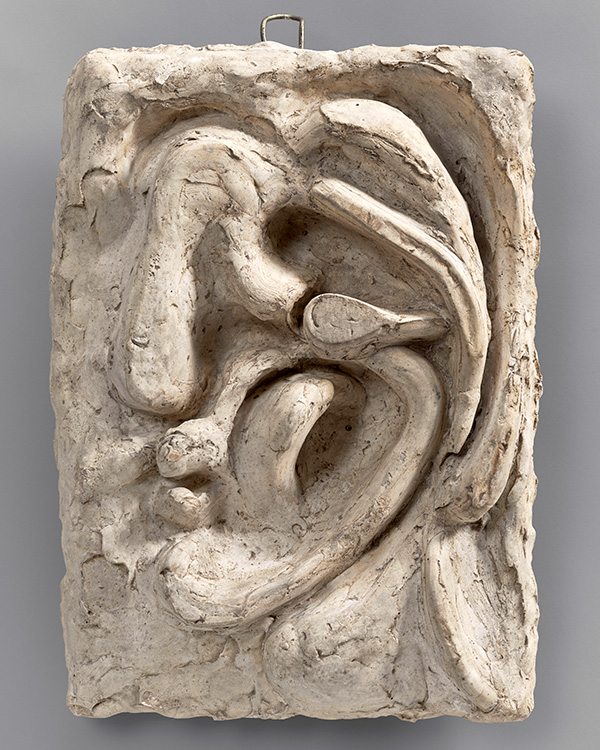Rodin-Picasso: one exhibition, two places
A comparison of the output of Auguste Rodin (1840-1917) with that of Pablo Picasso reveals well-known points in common, but also unsuspected similarities. These two outstanding artists left their mark on modern art in their respective times. Picasso discovered Rodin in 1900, at the latter’s retrospective held next to the Universal Exposition. Rodin’s work seems to have made an impression on him.
The crossing of their respective creative processes sheds light on the convergences that mark their quests, such as experimentation, working in series, and the constant mutation of forms. This connection is all the more interesting given that the two artists never had a chance to meet. We know the extent to which Picasso loved the intellectual enrichment of following the work of his peers, going to museums, exhibitions, and galleries, passionately observing the creative processes of his famous forerunners.
The exhibition, held simultaneously at the Musée national Picasso-Paris and the Musée Rodin, will allow visitors to discover many aspects of these unexpected connections. By establishing a dialogue across all art forms (painting, sculpture, ceramics, printmaking, and photography), the show aims to reveal the wealth of artistic processes: from assemblage to reused materials, from the relationship with space to public monuments, from the gaze focused on a fragment to the taste for the incomplete.
The exhibition has been organized by the Musée national Picasso-Paris and the Musée Rodin.
Musée Picasso in 2021, when museums reopen.
Musée Rodin in 2021, when museums reopen.
Illustration: Tête de femme, 1933, Musée national Picasso-Paris.
Photo RMN-Grand Palais/Musée national Picasso-Paris, Adrien Didierjean.
© Succession Picasso, 2021.





 Summary
Summary